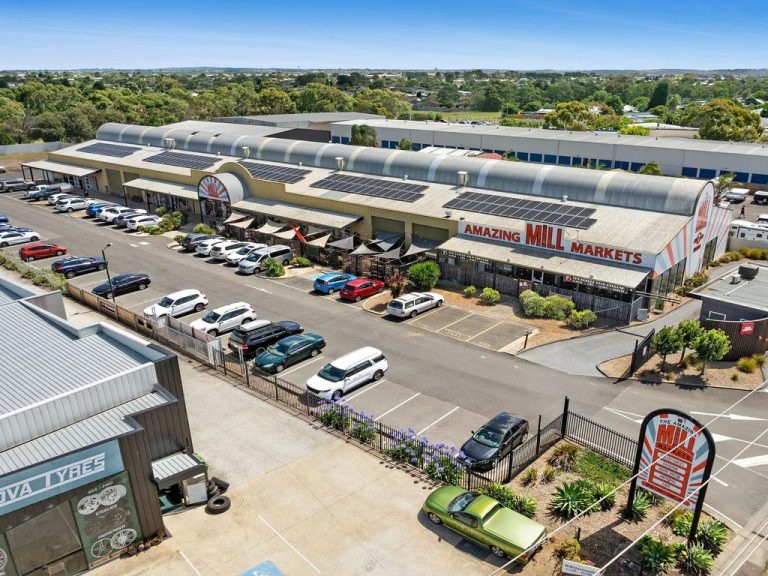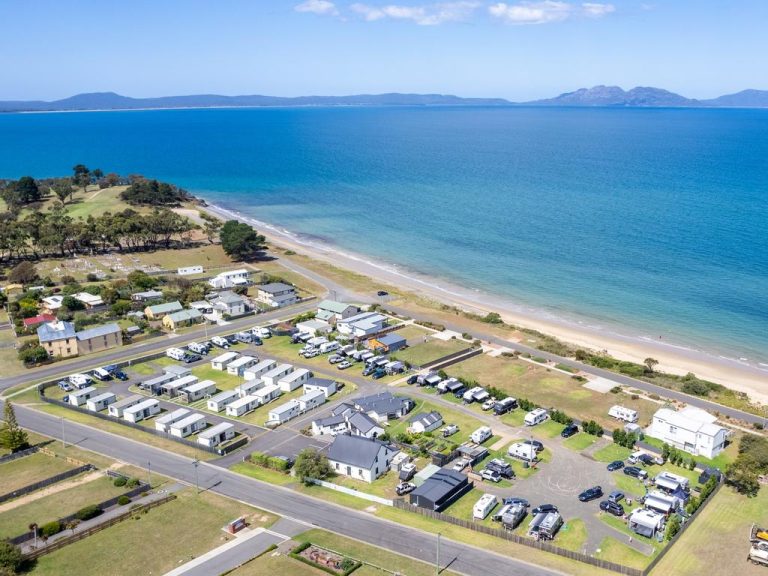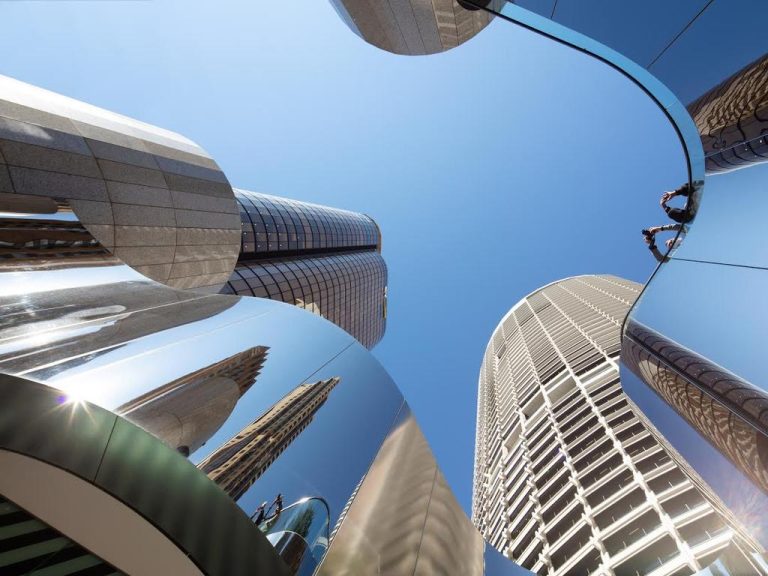Cushman & Wakefiled, JLL find land supply limiting nation’s data centre growth
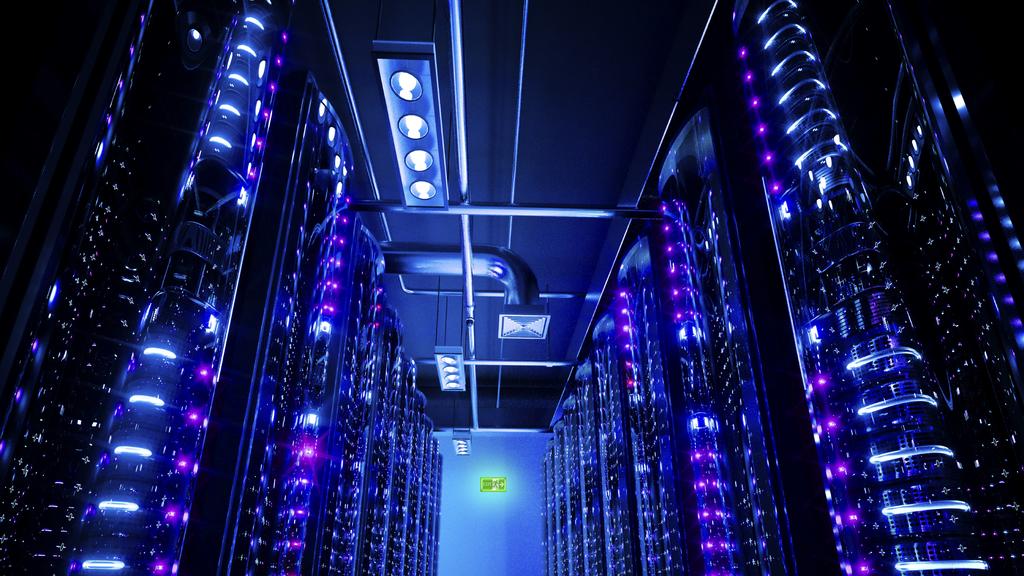
Property developers and investors are watching closely as different cities begin to emerge as the winners of a global data centre race.
Property developers and investors are watching closely as different cities begin to emerge as the winners of a global data centre race.
Australia’s own data centre market has managed to keep pace with international counterparts, with Sydney ranked ninth among other established data centre markets.
Virginia and Atlanta in the US top that list, while Tokyo in Japan ranks third and India’s Mumbai ranks seventh.
That list was compiled by Cushman & Wakefield, which has analysed over thirty different cities, including Auckland, Batam, Brisbane, Perth, Pune and Taipei as part of its Global Data Centre Comparison report.
While the report showed Australia was performing strongly, it also highlighted one of the major risks to further development the nation faces over the years ahead.
Hong Kong and Singapore, which remain among the top Asia Pacific data centre markets, have fallen in global significance due to land supply, according to the report.
While nearby Johor, in Malaysia, and Batam, in Indonesia, are rising in the ranks due to their proximity to Singapore and the amount of land available to build new data centres.
Land supply, as well as construction blow over times, were already having a major impact on local data centres, and local developers and operators including NextDC has begun to notice.
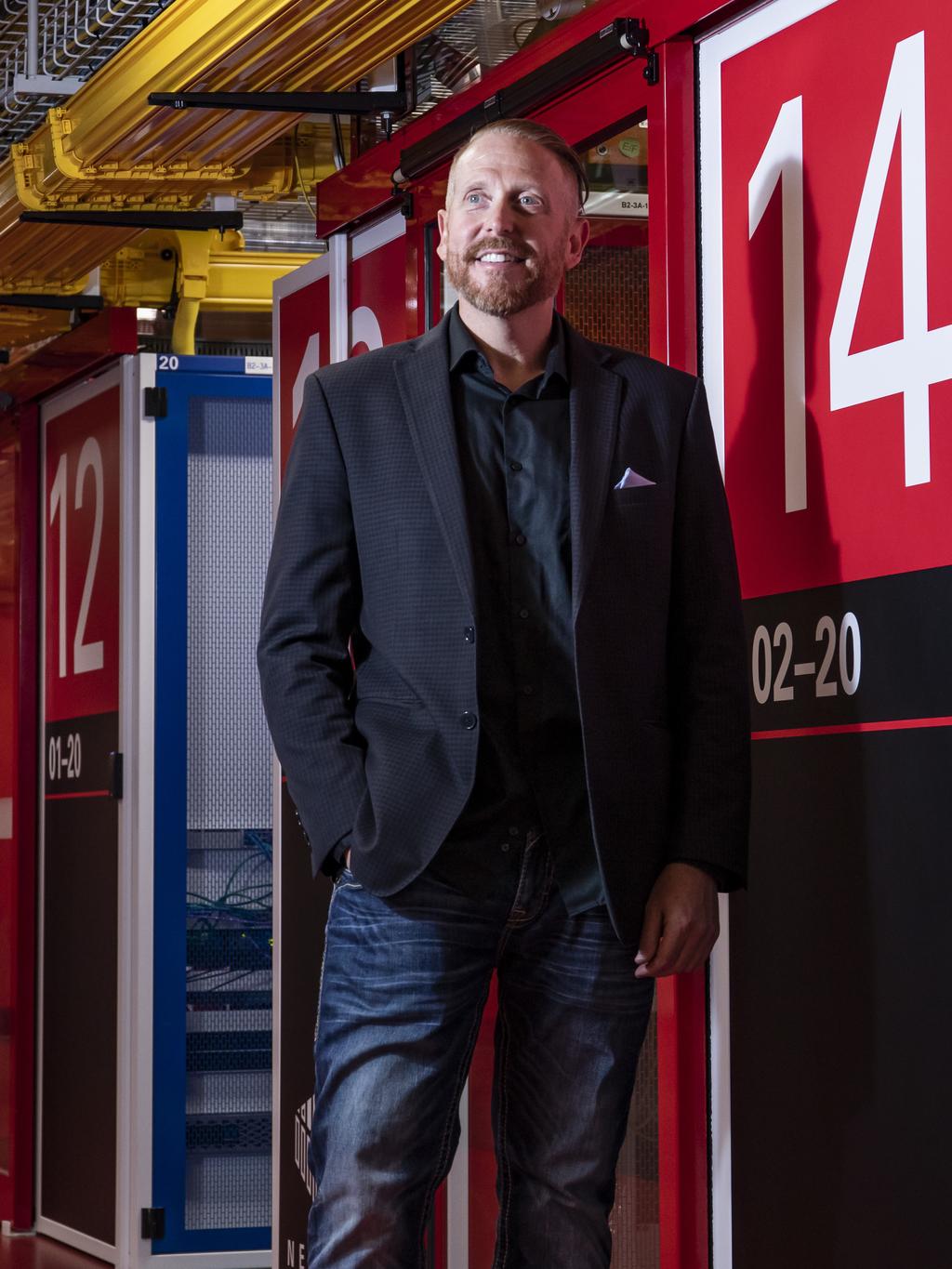
NextDC boss Craig Scroggie said old industries must die to pave way for the data centre boom. Picture: Mark Cranitch
“They’re not making any more land … we know that in every major market in the world old industries must die to give way to new ones,” Craig Scroggie, chief executive of NextDC, said.
As data centres developers make a shift toward powering the compute needs of artificial intelligence tools, different methods of cooling were needed to maintain running temperatures.
Powering artificial intelligence capabilities required as much as 13 times the rack density of regular data centres, which often made it difficult to repurpose older data centres, Mr Scroggie said. In order to make space for newer AI data centres, developers had begun to buy out old buildings, gut them and then redevelop.
“Schumpeter’s Gale, that reference to creative destruction, is an opportunity we’re taking in Melbourne. As an example, we bought the old Herald Weekly Time’s printing facility in Port Melbourne and that factory will be turned into a world-class, state-of-the-art artificial intelligence factory,” he said
Locally, big tech players including Amazon and Microsoft are continuing to invest in data centre development, and they compete with the likes of listed data centre developer NextDC, which just closed a $1.3bn raise that it’s planning to use to build out several new data centres in Australia and Asia, including centres in Japan, Thailand and the Philippines.
Data centre development has become a keen area of interest for many investors who are looking to cash in on the boom of these new age “hotels for computers”.
But demand continues to outstrip supply, with many forecasting that over the next five years, people and businesses will generate as much as double the amount of data generated over the past decade.
Alex Moffatt, Cushman & Wakefield’s Australia head of data centre advisory team, said electricity supply was also a major issue for the industry.
“Over the past year, available electricity capacity has become the number one consideration for data centre operators as they conduct site selection,” he said.
“Countries such as Australia which have a pathway to significant additional electricity capacity from renewable sources such as wind, solar and hydroelectric have become prioritised.”
Mr Moffatt was confident Sydney would continue to dominate the data centre market in the Asia Pacific but also saw an opportunity in other Australia capitals.
“Sydney continues to be an APAC powerhouse market and in the top 10 global data centre markets. With 1GW of existing capacity and forecast capacity of 2GW, Sydney will remain a powerhouse market on a global scale,” he said.
“As cloud demand continues and with AI demand rising, operators have sought to build out ever larger developments to satisfy hyperscale users. This demand for large acreages combined with electricity capacity have made Melbourne and Perth key cities for evaluation in the APAC market.”
JLL had similarly found that demand for data centres would boom over the next five years amid the emergence of AI-powered tools.
“With the increasing computational power required for AI workloads, data centre operators adapt their
facilities to support higher rack densities and specialised infrastructure,” said Tom Madigan, the developer’s head of data centres.
“This growth presents significant opportunities for investors and collaboration with developers and operators. As consumers and businesses generate twice as much data as in the past decade, the need for data centres and storage capacity is projected to continue growing.”
Matt Lee, JLL’s senior director of industrial and logistics, said the need to power data centres was putting increasing pressure on developers and operators to find more sustainable power options.
“Data centre operators are exploring alternative power sourcing strategies for onsite power generation including small modular reactors (SMRs), hydrogen fuel cells and natural gas,” he said.
Mumbai and Jakarta had also risen in global significance, as data centre developers plot new network paths to connect new centres, according to Cushman & Wakefiled. Cities to watch include Osaka in Japan, Chennai and Hyderabad in India.

